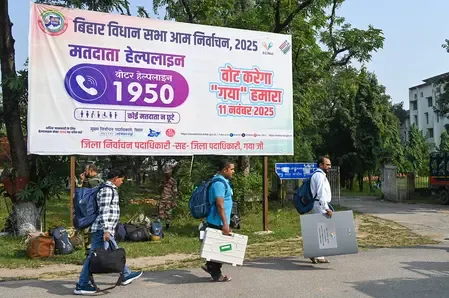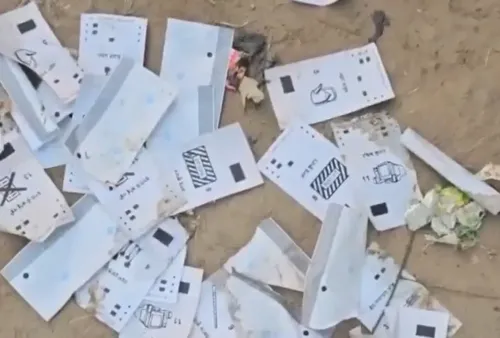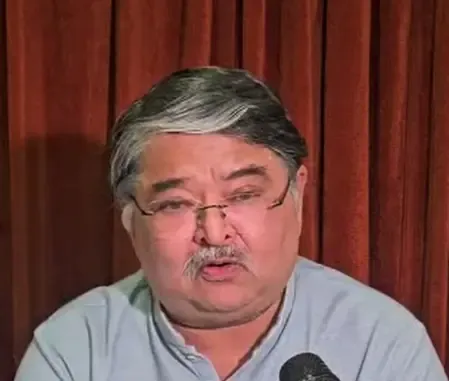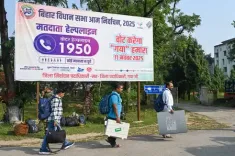How are MP and Rajasthan Modernizing Historic Hydel Stations?
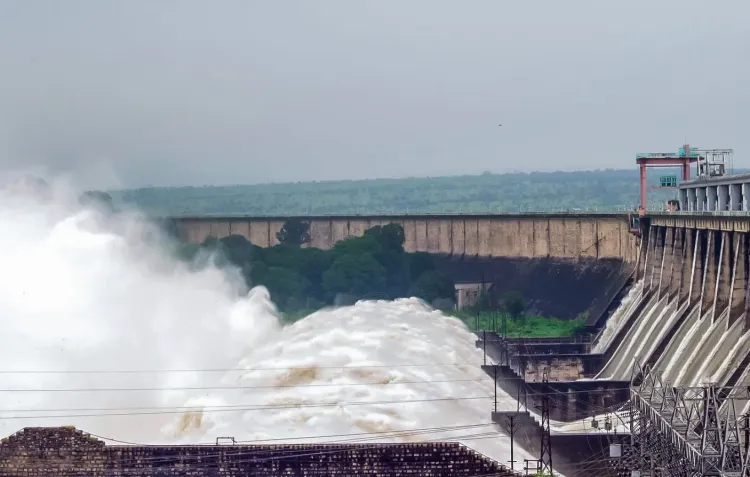
Synopsis
Key Takeaways
- Joint initiative between Madhya Pradesh and Rajasthan.
- Investment of over Rs 1,000 crore for modernization.
- Gandhi Sagar and Rana Pratap Sagar are the focus of the project.
- Expected output of nearly 290 MW post-renovation.
- Funding split of 30% state and 70% loans.
Bhopal, July 22 (NationPress) In a groundbreaking initiative aimed at revitalizing aged infrastructure and enhancing renewable energy production, the states of Madhya Pradesh and Rajasthan have embarked on a collaborative project to upgrade two of India's historic hydroelectric power stations: Gandhi Sagar in Neemuch and Rana Pratap Sagar in Rawatbhata.
The total financial commitment for this refurbishment exceeds Rs 1,000 crore, with Rs 464 crore earmarked for Gandhi Sagar and Rs 575 crore for Rana Pratap Sagar.
The Gandhi Sagar Hydel Power Station, which began operations between 1960 and 1966 on the Chambal River, has been a pivotal element in Madhya Pradesh's hydropower landscape. Comprising five units of 23 MW each, the facility boasts an installed capacity of 115 MW.
Technical evaluations performed by the Madhya Pradesh Power Generating Company Limited (MPPGCL) and prominent agencies like WAPCOS have determined that the plant has surpassed its design lifespan and necessitates thorough renovation and modernization, as stated by Kailash Vijayavargiya, the state urban development minister and spokesperson for the government.
The modernization initiative will encompass reverse engineering, equipment upgrades, and enhancements to generation capacity. The funding structure will allocate 30% from the state government and 70% through institutional loans, the minister confirmed, noting that the cabinet has approved the initiative.
Simultaneously, the Rana Pratap Sagar Hydel Power Station in Rajasthan, inaugurated in 1968 as part of the Chambal Valley Project, has an installed capacity of 172 MW distributed across four units.
This station encountered significant challenges in 2019 when all units were inundated due to flooding, leading to a prolonged restoration process.
The Rajasthan Rajya Vidyut Utpadan Nigam Limited (RRVUNL) has now committed to a comprehensive refurbishment of the facility, employing a similar funding model of 30% equity from the state and 70% through loans.
The objective of this project is to restore and enhance the facility's output to 175 MW.
Both states share operational responsibilities and expenses for these inter-state projects, illustrating a long-standing energy collaboration.
This modernization effort is anticipated to enhance efficiency, prolong the lifespan of the plants, and make a significant contribution to the region's green energy portfolio, according to the minister. Upon completion, the two stations are expected to collectively generate close to 290 MW of clean electricity, thereby reinforcing India's dedication to sustainable energy and resilient infrastructure.

